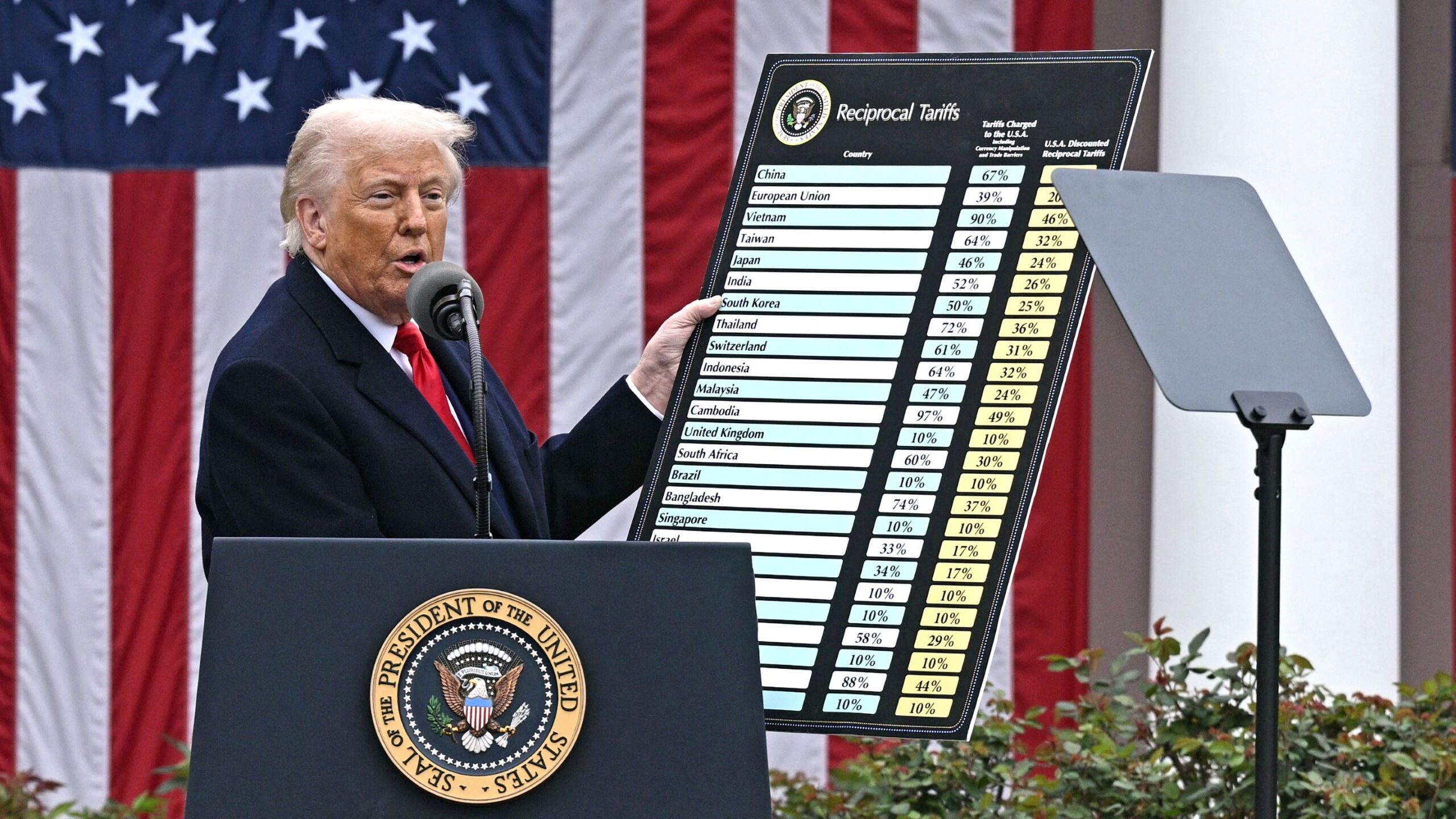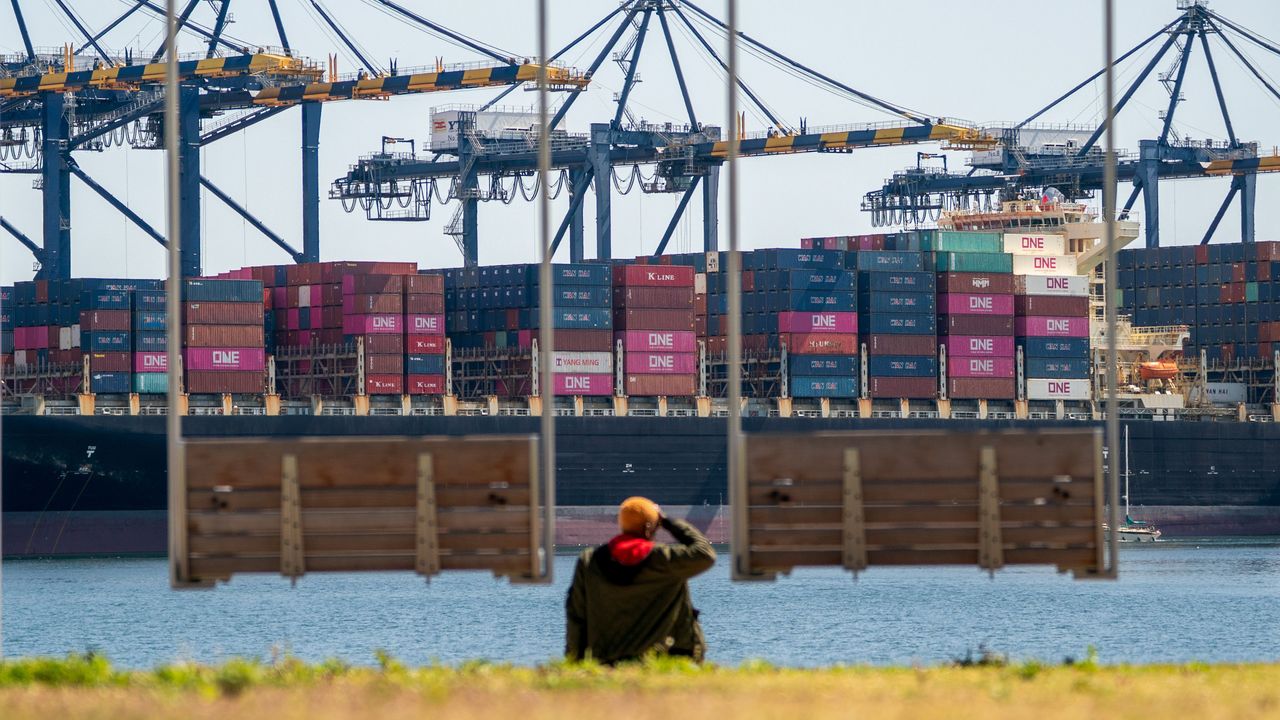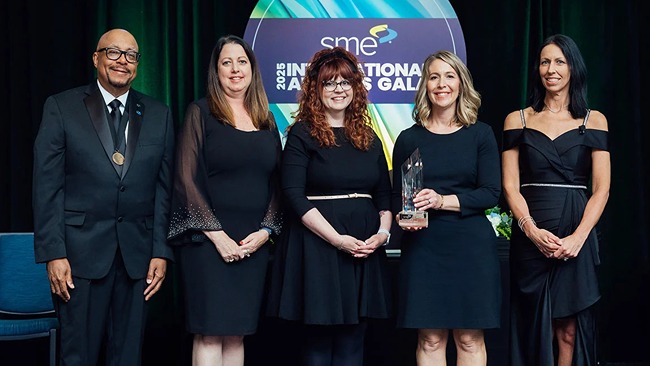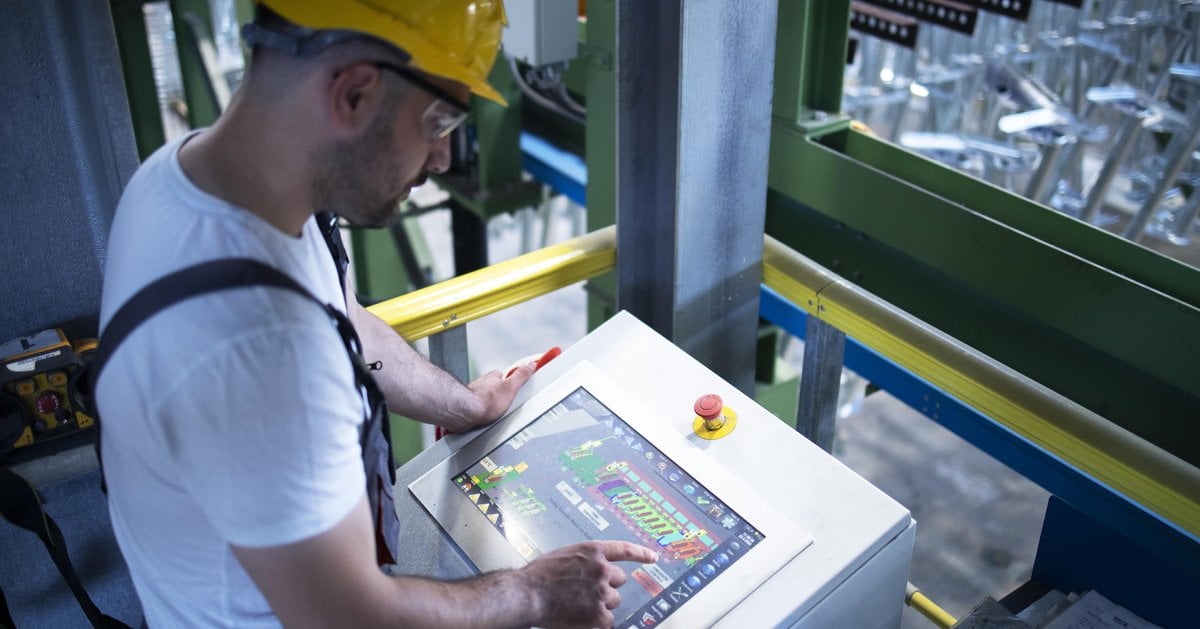Tariff Tango: Can American Factories Dance to the Economic Rhythm?
Manufacturing
2025-04-02 23:41:36Content

Trump's Tariff Strategy: A Double-Edged Sword for American Manufacturing
President Trump's recent push for increased tariffs aims to bolster U.S. manufacturing, promising a renaissance for domestic production. However, the reality on the ground tells a more complex story. Despite the administration's optimistic rhetoric, American manufacturers face significant challenges that could undermine the potential benefits of trade protectionism.
The primary obstacles are twofold: a critical shortage of skilled workers and limited factory capacity. Many industries are struggling to find qualified workers with the technical expertise needed to drive advanced manufacturing. Vocational training programs and workforce development have not kept pace with the rapidly evolving technological landscape.
Moreover, existing manufacturing infrastructure is stretched thin. Factories are operating near maximum capacity, and the investment required to expand facilities and retool production lines represents a substantial financial hurdle for many companies. This means that while tariffs might create opportunities, the manufacturing sector may not be fully prepared to capitalize on them immediately.
The disconnect between policy ambitions and industrial readiness highlights the nuanced challenges of revitalizing American manufacturing in a global economic environment. While protective trade measures might seem appealing, sustainable growth requires a more comprehensive approach that addresses workforce development, technological innovation, and strategic infrastructure investment.
Manufacturing Crossroads: Trump's Tariff Strategy Meets Workforce Challenges
In the complex landscape of American industrial policy, the intersection of trade protectionism and economic development continues to spark intense debate. The proposed tariff increases by former President Donald Trump represent a bold economic strategy aimed at revitalizing domestic manufacturing, yet the path to industrial resurgence is fraught with nuanced challenges that extend far beyond simple trade barriers.Reinventing American Manufacturing: A High-Stakes Economic Gamble
The Tariff Landscape: Economic Protection or Strategic Limitation?
The proposed tariff strategy emerges as a multifaceted approach to economic revitalization, challenging traditional global trade paradigms. By imposing substantial trade barriers, the strategy aims to create a protective ecosystem for domestic manufacturers. However, the economic reality reveals profound structural limitations that cannot be resolved through protectionist measures alone. Comprehensive analysis suggests that tariffs alone cannot address the fundamental infrastructure challenges facing American manufacturing. The industrial ecosystem requires holistic transformation, encompassing workforce development, technological innovation, and strategic infrastructure investments.Workforce Dynamics: The Critical Skills Gap
The manufacturing sector confronts a profound skills shortage that threatens potential industrial expansion. Technical education programs, vocational training, and strategic workforce development initiatives have become paramount in bridging the competency divide. Advanced manufacturing demands increasingly sophisticated skill sets, requiring substantial investments in human capital. Community colleges, technical institutions, and industry partnerships represent critical mechanisms for cultivating the next generation of skilled manufacturing professionals.Infrastructure Constraints: Beyond Tariff Protections
Manufacturing renaissance requires more than economic barriers; it necessitates substantial infrastructure investments. Factory space, technological infrastructure, and advanced manufacturing capabilities represent significant bottlenecks in the current industrial landscape. Regional economic disparities further complicate the manufacturing revival narrative. Urban and rural manufacturing ecosystems demonstrate markedly different capacities for technological adaptation and workforce development, requiring nuanced, localized strategies.Global Competitive Dynamics
The international manufacturing landscape continues to evolve rapidly, with emerging economies presenting both challenges and opportunities. Technological innovation, automation, and strategic global partnerships will ultimately determine long-term competitiveness. Geopolitical tensions, supply chain resilience, and technological capabilities intersect to create a complex global manufacturing environment. Tariffs represent merely one instrument in a sophisticated economic strategy that demands comprehensive, forward-thinking approaches.Economic Policy Implications
The proposed tariff strategy illuminates broader economic policy debates surrounding industrial development, global trade, and national economic sovereignty. Policymakers must balance protectionist impulses with the realities of a globally interconnected economic ecosystem. Sustainable economic growth requires a delicate balance between protecting domestic industries and maintaining international competitiveness. The manufacturing sector's future hinges on strategic investments in human capital, technological infrastructure, and adaptive economic policies.RELATED NEWS
Manufacturing

Manufacturing Hits Speed Bump, But Material Handling Surges Ahead in March 2025
2025-04-02 00:55:05
Manufacturing

Tech Titans Take a Tumble: Inside the Shocking Market Meltdown for Nvidia, Broadcom, and TSMC
2025-04-04 16:09:01






